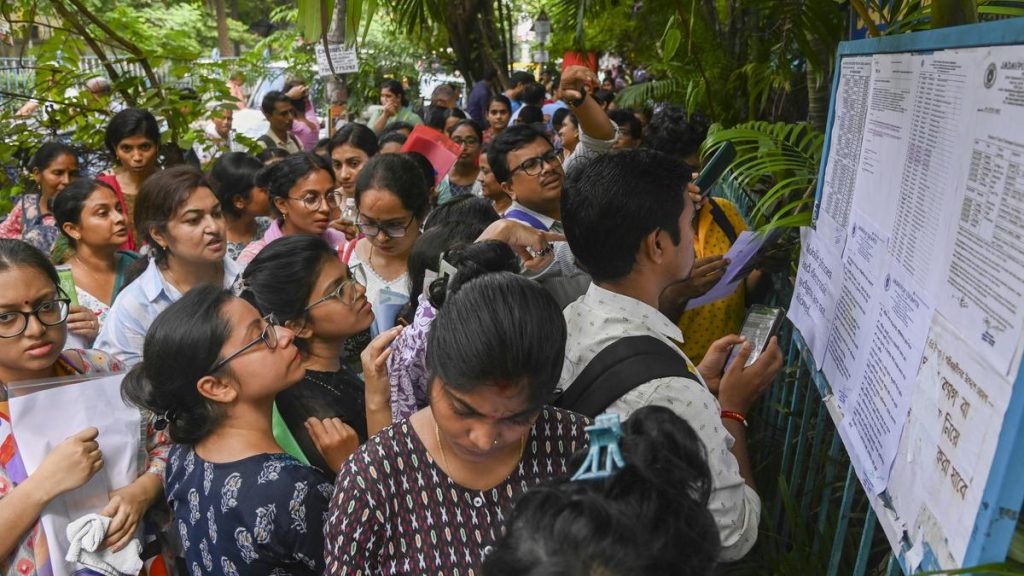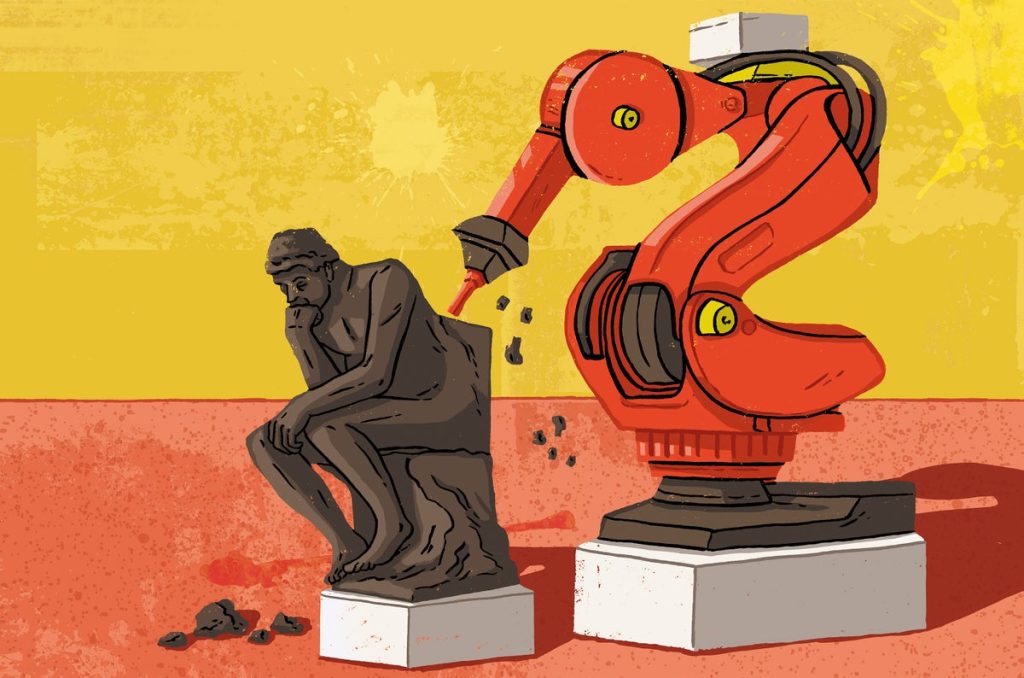Now Reading: Ancient Solar Eclipse in 2471 B.C. May Have Impacted Egypt’s Sun Worship
-
01
Ancient Solar Eclipse in 2471 B.C. May Have Impacted Egypt’s Sun Worship
Ancient Solar Eclipse in 2471 B.C. May Have Impacted Egypt’s Sun Worship
Fast Summary
- A study by archaeoastronomer Giulio Magli links a total solar eclipse from April 1, 2471 B.C., to significant shifts in religious traditions during Egypt’s fourth dynasty under Pharaoh Shepsekaf.
- The eclipse coincided with changes in Egyptian solar worship practices, notably Pharaoh Shepsekaf’s deviation from the typical sun god Ra-centric name suffix adopted by prior rulers and the lack of a pyramid tomb aligned with Heliopolis.
- Shepsekaf’s tomb resembled structures found in Buto-a location sitting within the path of totality for the 2471 B.C. eclipse-suggesting potential influence on his architectural choices.
- Ancient Egyptians were deeply connected to astronomy; though, there is minimal textual evidence detailing their interpretation of eclipses as omens.
- Solar worship resurfaced during Egypt’s fifth dynasty with innovations such as “Sun Temples,” although no pyramids matched Giza’s grandeur.
Images included:
!Image: A black circle surrounded by a wispy white halo against a dark background.
!Image: Three pyramids in a sandy landscape.
!Image: Shepsekaf’s Tomb in Egypt.
!Image: A simulation showing constellations during ancient eclipse totality.
Indian Opinion analysis
This research exemplifies how celestial phenomena like solar eclipses may intersect with cultural transformations, emphasizing humanity’s historical engagement with astronomy across civilizations. For India-a culture steeped in similarly rich astronomical heritage-the study reminds us of our own traditions interwoven with cosmos observations, evident through Vedic texts and temple alignments.
The implications for India’s historical discourse are twofold:
- Encouraging interdisciplinary approaches combining science and archaeology could unveil nuanced insights into India’s astronomical and architectural achievements.
- As global technology increasingly aids ancient studies (e.g., satellite imagery), investments into preserving India’s heritage sites could benefit from similar methodologies applied here.
Neutral acknowledgment of this scholarly intersection between astronomy and culture highlights universal relevance while inviting future comparative studies between Egyptian and Indian cosmic alignments.

























